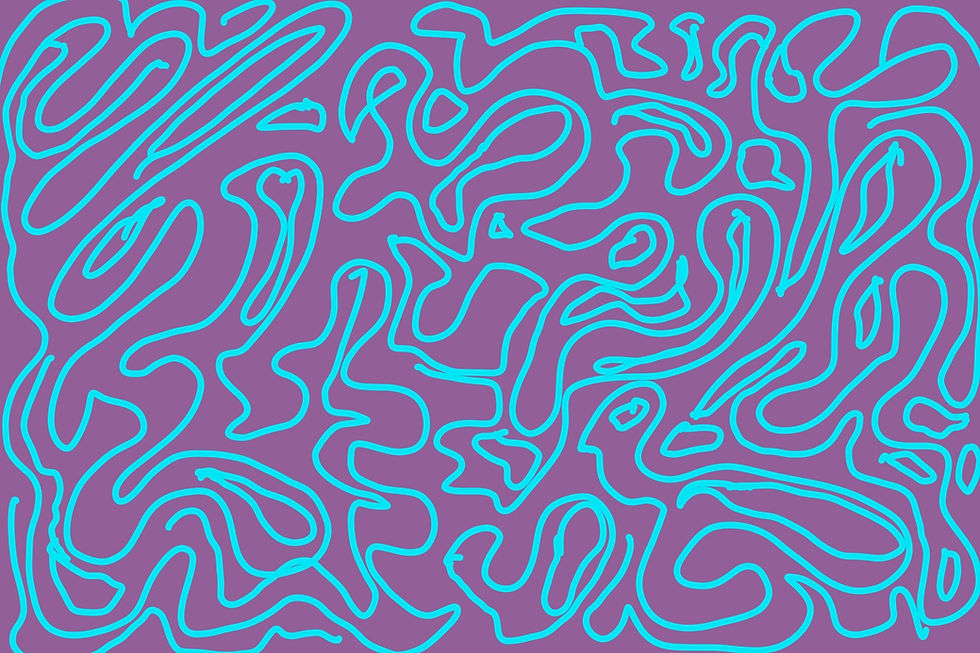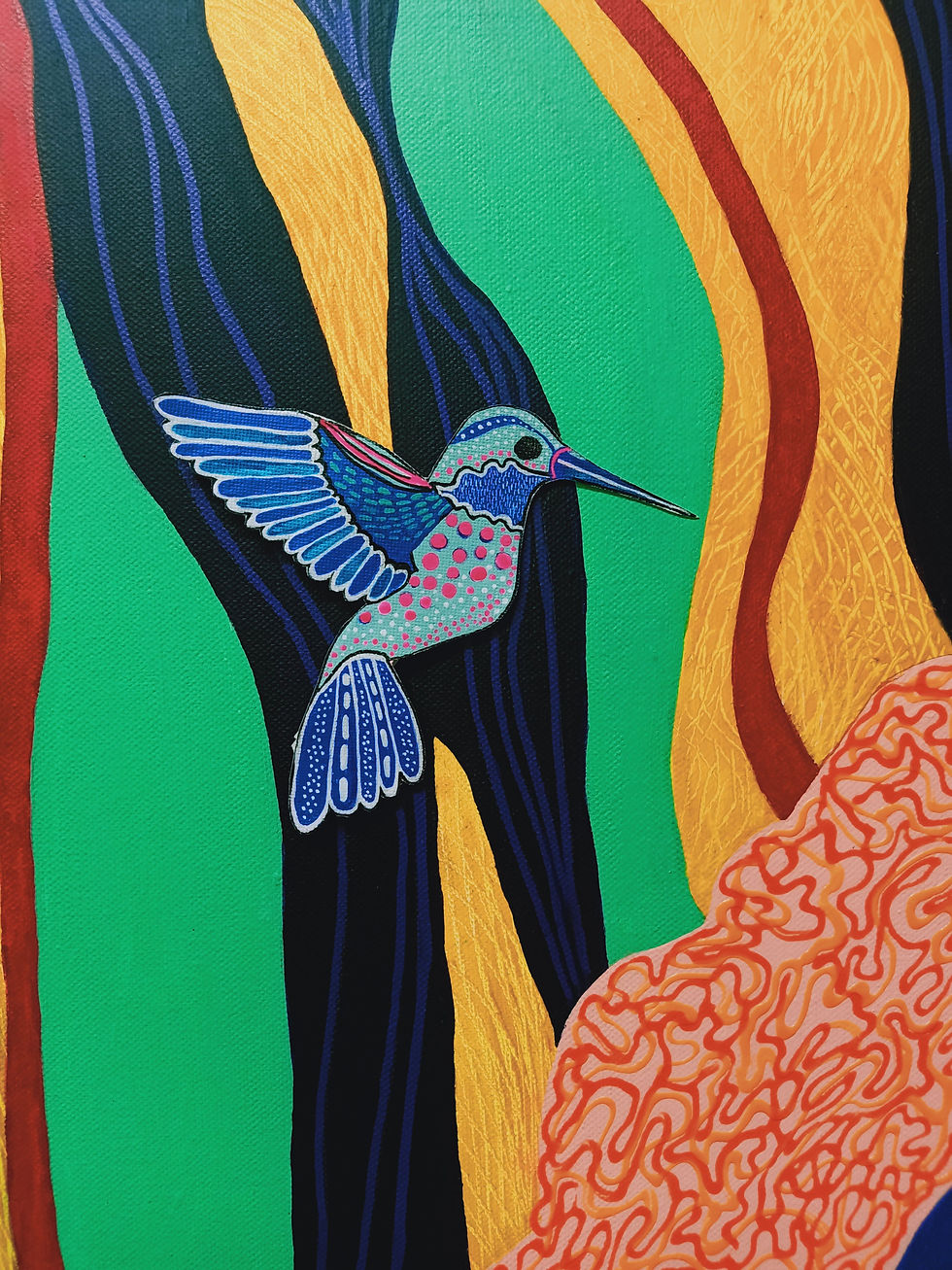When The Ocean Calls...
- Rekhss

- Dec 31, 2020
- 3 min read
Updated: Jan 3, 2021
Dolphins are my favourite marine mammals. They have a perpetual smile and in many occasions have helped human beings in peril from shark attacks, ship wrecks and more. Question is what are we doing to keep their home from continuously being polluted and them being accidentally hunted by commercial fishing boats?
According to National Geographic, there are 36 species of Dolphins found worldwide. In Malaysia, the common dolphin species include:
Indo-Pacific humpback dolphin (Sousa chinensis)
Indo-Pacific bottlenose dolphin (Tursiops aduncus)
Gray’s spinner dolphin (Stenella longirostris)

'Dancing Dolphin' (2021) Digital Artwork by Rekha Menon
When I was invited to participate in this 100% charity project by Island Gallery, Penang, I knew right away I was going to create a dolphin when the brief mentioned that it would be to create a sculpture of a marine creature. It was my second time creating a sculpture with clay but not at this scale.

The process is long and one needs to exercise a lot of patience. First, clay was used to create the shapes. This was followed by pouring the plaster of Paris on top of the clay shapes to create the mould. Once hardened, the clay is removed and the moulds are washed and ready to be used. Here I created the face, fins and tail.

Under the tutelage of senior artist Madam Cheong Mei Fong who is also the owner and adviser of Island Gallery, Penang, the process was more manageable. She effortlessly made the arduous task of getting the resin mix correctly done. Mei Fong or Madam Cheong, as she is fondly known among the artist community was behind this mammoth 'Ocean Call' project. 128 sculptures were created using unwanted compact discs (CDs) and digitally versatile discs (DVDs) by 105 artists and hobbyists.
Once the plaster of Paris hardened, the clay is then removed and recycled for the next process. Next the resin mix is created and poured int the moulds.

While we wait for the resin to be 80% hardened, I began working on the dolphins body. I hand picked and prepared approximately 50 CDs and VCDs in shades of blue and silver.


Once I have had a rough idea how I wanted the dolphin's body shape to be and the pattern arrangement, I drew out the shape on the plastic sheet. The recycled clay is topped with more clay to create the body shape. The process of embedding the CD and VCD pieces into the the clay base and creating the patterns was so meditative and loads of fun. This whole process will certainly get your hands dirty but I loved feeling clay in between my fingers.

The resin is then poured over the body. This process needs a steady hand and once the resin covers the CD and VCD pieces, it has to be smoothened quickly as this mix dries up very fast. As seen in the collage below, Mei Fong is in deep concentration preparing the mix and coaching me on the process before I joined her to do the same.

The dolphin is then left to dry for proximately 25 minutes. It is then flipped over to the other side and the clay is removed. The resin pouring is repeated here as well but a different mixture is used to make it look more opaque.


Once the Dolphin dries, a coat of acrylic paint is applied on the face, tail and fins and its eye is added. I decided to name my dolphin sculpture Ben. He is a big fellow. Nearly as tall as me and I am 5'9".

I used more paint to cover up the CD and VCD pieces that were visible to mask the scale like feel. It was a mixture of paint and some original designs that complimented the paint job. I further added silver dots, streaks, lines and dotted lines. The sky is the limit when it comes to how you want the design, look and feel of the sculpture to be.


Say hello to Ben! The magical blue cosmic dolphin conveying a deep message, a plea for us to be more responsible human beings. Love our ocean and all our water sources, help it heal. Say no to single use plastic! Stop throwing waste into drains, beaches, rivers and lakes. Theses are small yet powerful actions for the greater good of planet Earth. Our only home.
Hope Ben will bring awareness and joy wherever he goes.


Comments